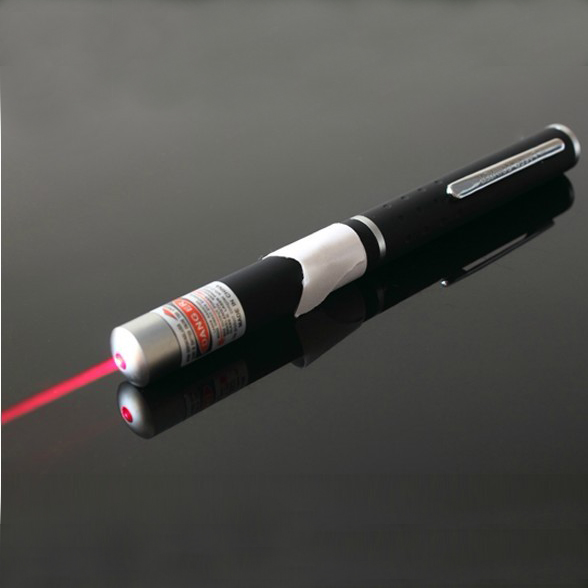The researchers said that extracting a single light particle from a laser pointer beam may bring a huge breakthrough in quantum computing. Physicists from the Weizmann Institute of Science in Israel successfully extracted a single photon from a single beam of light using ultra-cold atoms and cutting-edge optical technology. Physicists are very interested in individual photons because they are controlled by the rules of quantum mechanics rather than the rules of classical physics. Many scientists regard photons as an important carrier of information dissemination in future quantum computing systems.
A senior researcher from the Weizmann Institute of Science who developed this new research method said: Light composed of photons is currently the best information carrier we have. But once we enter the field of quantum computing, we will have to use a single photon as an information carrier, because controlling a single photon will become very critical.
In a study published in the journal Science in 2014, researchers demonstrated the application of this method to create an all-optical router in a quantum communication system. They created a switch to send a single photon along different paths, the position of the switch is determined by the interaction with the photon, and then encoded by quantum information.
The researchers said that the main advantage of quantum communication lies in its ultra-safety; because any process of measuring quantum systems will interfere with photons. This also makes it easy for the operator to detect any eavesdropping. But said that their solutions can be used to monitor certain systems.
Most current single-photon sources are not perfect, and occasionally produce multiple photons. One of the worries is that a smart person knows that if there is only one photon, nothing will happen; but if there are two photons, the device will intercept the other. This is also called the “photon number beam splitting attack”, which can be used to decode information, and the process of intercepting particles will not be detected. On the contrary, operators can remove extra photons in this way to ensure the safety of information transmission.
Prior to this, researchers used a low-reflection beam splitter called a photon extraction method to transfer particles to remove individual photons from the beam. However, this method is probabilistic, which means that it is impossible to determine whether the photon of each light is successfully removed. In addition, the only way to determine the success of the process is to use a photon detector green laser pointer, which can absorb light particles; but this also means that it cannot be used for other purposes.
